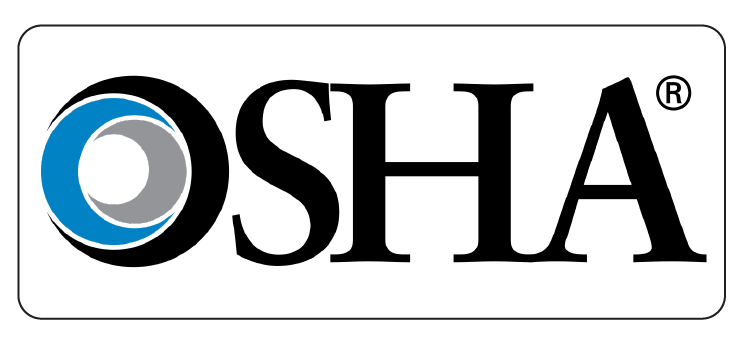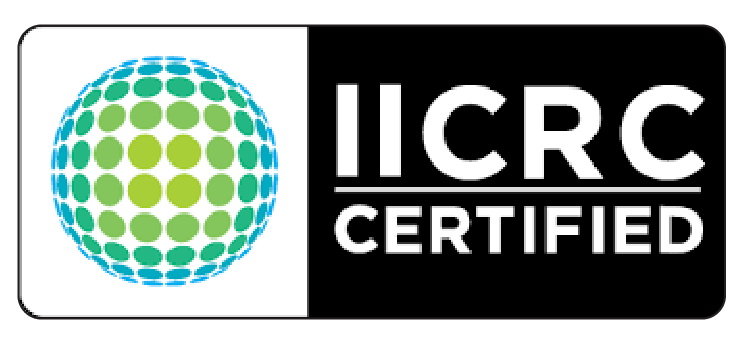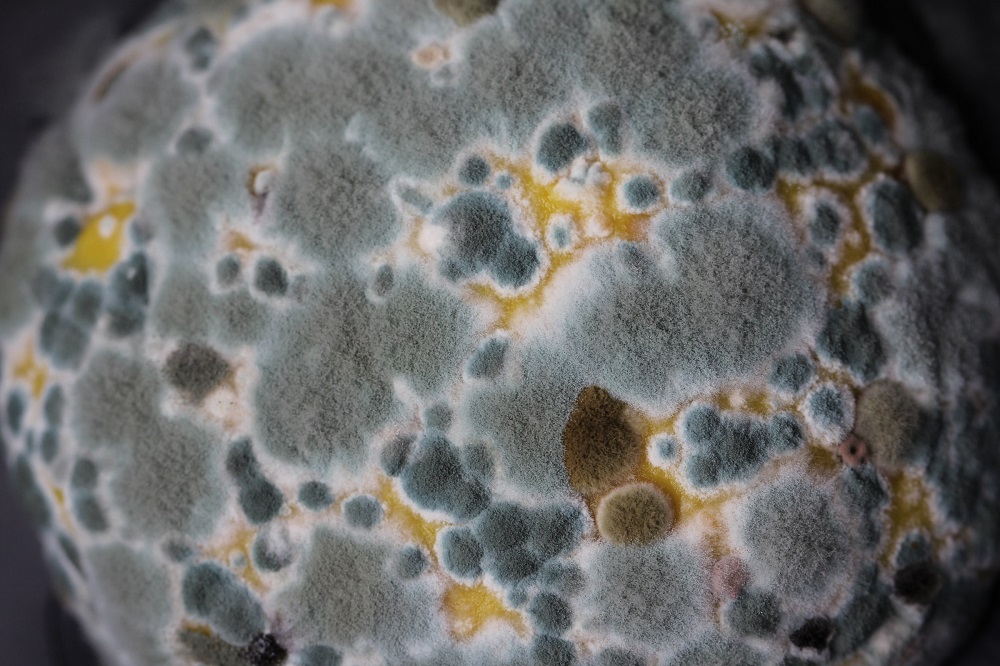


Are you suspicious that mold growth is polluting your indoor air quality? Take immediate action! Molds are organisms that can grow indoor as well as outdoors. When growing outside, they benefit the ecosystem. Inside the house, they can be troublesome. Mold growth can cause several health problems.
Usually, you can sense a musty smell, see cracking, warping, or peeling of the surface, growing stains, etc. However, if you cannot see any signs of mold, it is recommended that you conduct mold testing.
In general, there are four methods of conducting a mold test. Below mentioned are the common types of mold testing techniques available to all mold inspectors.
1. Air Sampling
Air samples are the most popular form of sampling to assess mold levels. In this type of mold testing, we take indoor and outdoor air samples and compare mold spore levels inside the premises and outside. In many cases, air sampling can positively identify the presence of mold that cannot be seen.
In addition to confirming the existence of mold, air sampling also informs us about the number of mold spores present in the air. Once this information is understood, we can interpret the potential health impact of mold spores inhaled into the lungs. These mold spores are usually viable, indicating that there is a living source or reservoir indoors.
2. Surface Testing Using Swabs, Tapes, and Bulk Samples
Surface sampling refers to taking mold samples from whatever area they are present. We can do this test using the following materials:
Swabs:
These are samples made by rubbing an object similar to a cotton swab against a surface. Laboratory tests are then conducted on the samples. Alternatively, you can rub the swab against a petri dish and a culture allowed to develop.
Tapes:
Here, a piece of clear tape is applied to the moldy surface and then taken off. This testing method removes mold from the surface and collects it on the tape, which can then be tested.
Bulk:
In this method, we remove a piece of the potentially affected area and send it to the laboratory for testing. Bulk samples can include a piece of drywall, furniture, etc.
3. Dust Sampling
Mold spores settled in dust give a deeper view of what has happened in your house in the past few days. Dust test helps in collecting settled dust using either a special dust cloth or a special vacuum canister. The dust cloth allows you to test in various areas like ceiling fans or air ducts. However, people mostly prefer vacuum canisters since it reduces the chances of human error. The dust samples collected are then sent to the laboratory where either of the two is conducted:
- ERMI (Environmental Relative Moldiness Index): It is a DNA-based method that can identify 36 different types of mold. The test was initially developed by the US EPA (Environmental Protection Agency). Mold testing with the ERMI is considered the gold standard, especially when determining the root cause of health issues.
- HERTSMI-2 (Health Effects Roster of Type-Specific Formers of Mycotoxins and Inflammagens – 2nd Version): This mold test examines the dust sample for 5 molds types. These molds are typically called the “Big 5”.
The Big 5 Mold Species of HERTSMI-2
The five different types of mold species that are identified using HERTSMI-2 include:
• Aspergillus Penicilloides • Aspergillus Versicolor • StachybotrysChartarum • Chaetomium Globosum • Wallemia Sebi •
HERSTMI-2 is a less expensive test to conduct; however, the EMRI can also be converted to get the results of the HERTSMI-2. Moreover, you can also get a combined ERMI mold and mycotoxin test with the help of the EMMA test.
4. Petri Dish Test
Mold likes different foods, which is why agar plate cultivation in a Petri dish is the best method for identifying the genus and species of a mold. However, It can take up to two weeks to answer when molds/bacteria have different preferences for agar media.
5. Mold Dogs
As the name implies, a mold dog test can be conducted by having a trained dog that sniffs around to check for mold. These dogs are exceptionally accurate at finding mold sources. However, these dogs do have quite a few limitations, and the conditions must be perfect in order for them to find the source of a mold problem. Also, they are extremely expensive.
Before you conduct any sampling of mold growth, always identify the possible results first. Although it may seem obvious, many testing companies charge thousands of dollars for sampling without demonstrating a real benefit. They do provide clients with numerous pages of data, but they are of no use. Therefore, look for the following signs before opting for a mold test.
Although professional mold testing is essential, there are some points when you should not conduct a mold test. Below mentioned are the conditions for it. Mentioned below are potential places where Mold and fungus can grow and ultimately infect your living spaces.
The most common type of mold present in homes is Alternaria. You probably know what it looks like, as it usually has a velvety texture and dark brown and green hues.
As Alternaria mold tends to grow anywhere, dampness occurs; this can be anywhere in a home. This type of mold is hyper-allergenic and leads to several health problems.
Some of the most common causes of mold growth include:

Yes, anyone can conduct a visual inspection of mold growth in their house. However, it’s not recommended to use specialized tools for testing on your own because you might injure yourself with harmful chemicals.
Nonetheless, you can conduct easy sampling with the following six mold testing steps:

